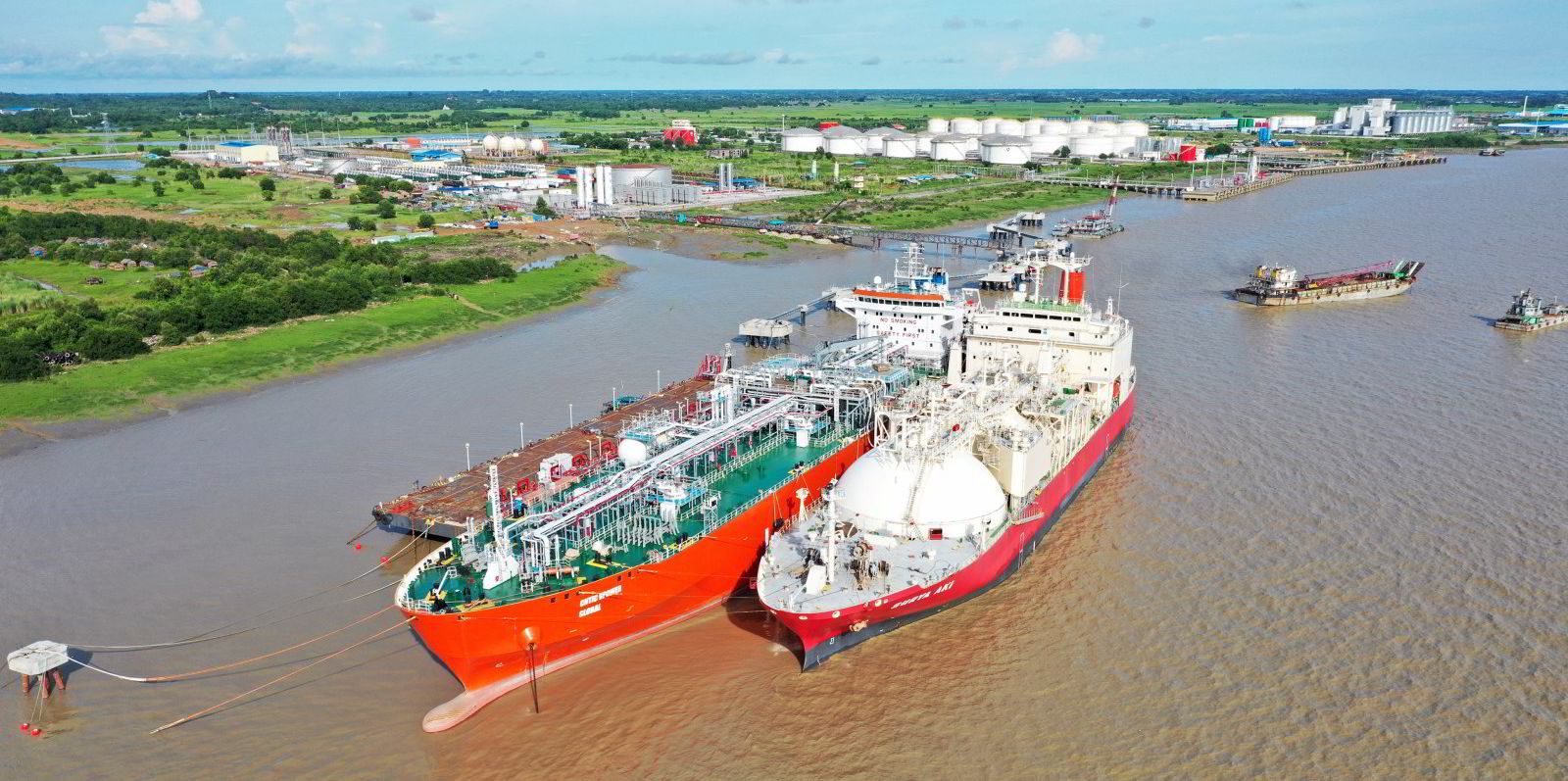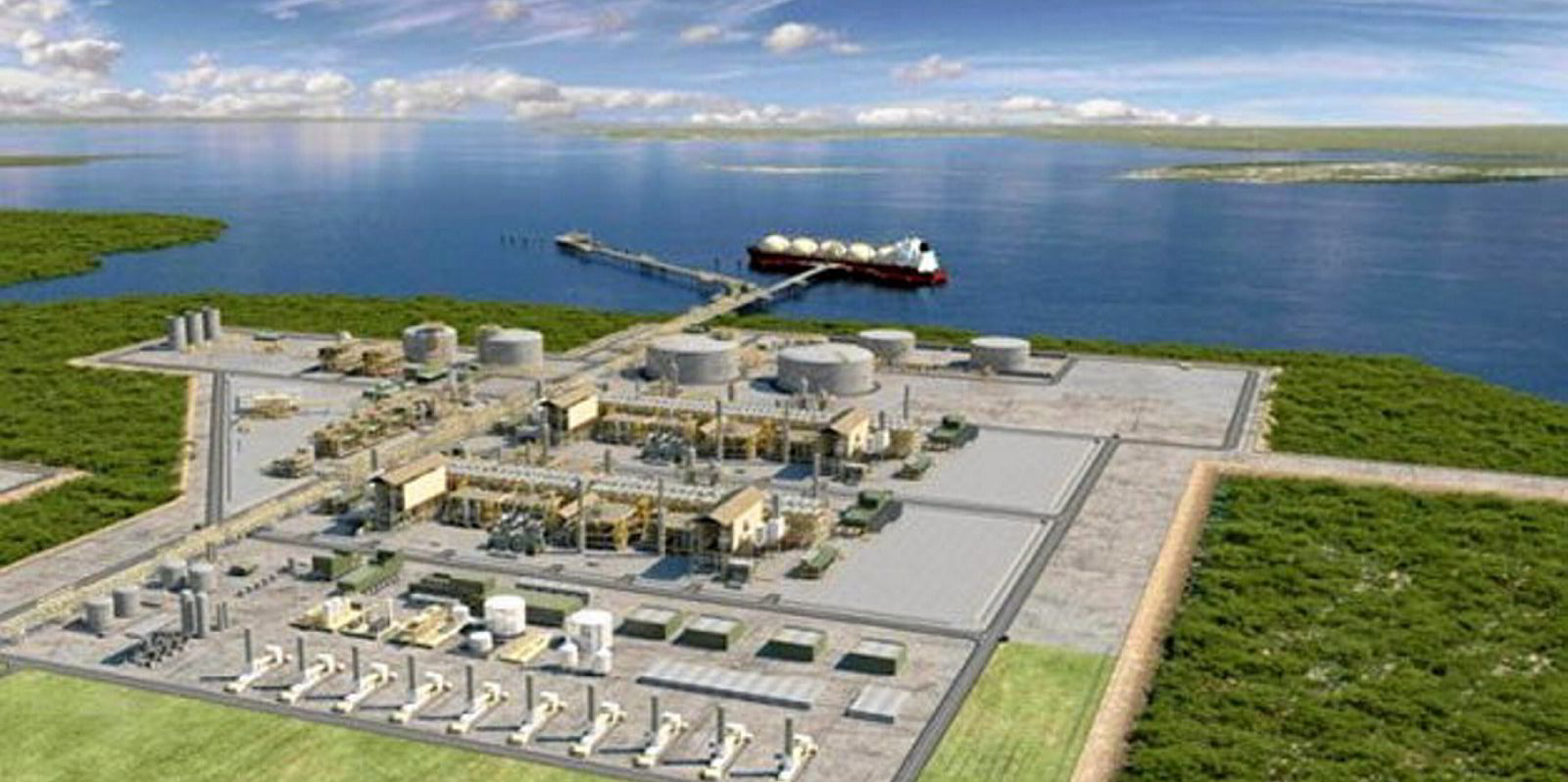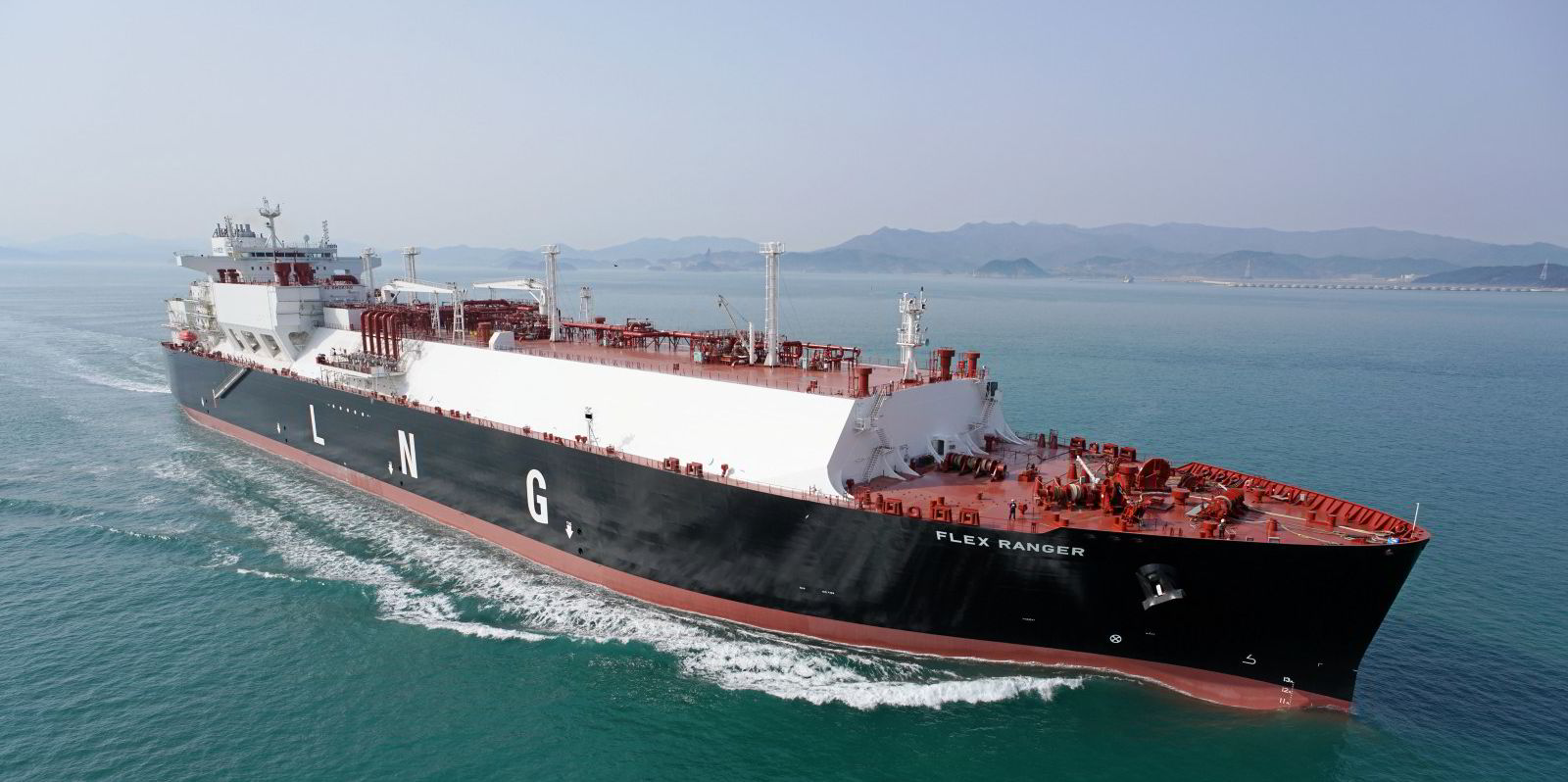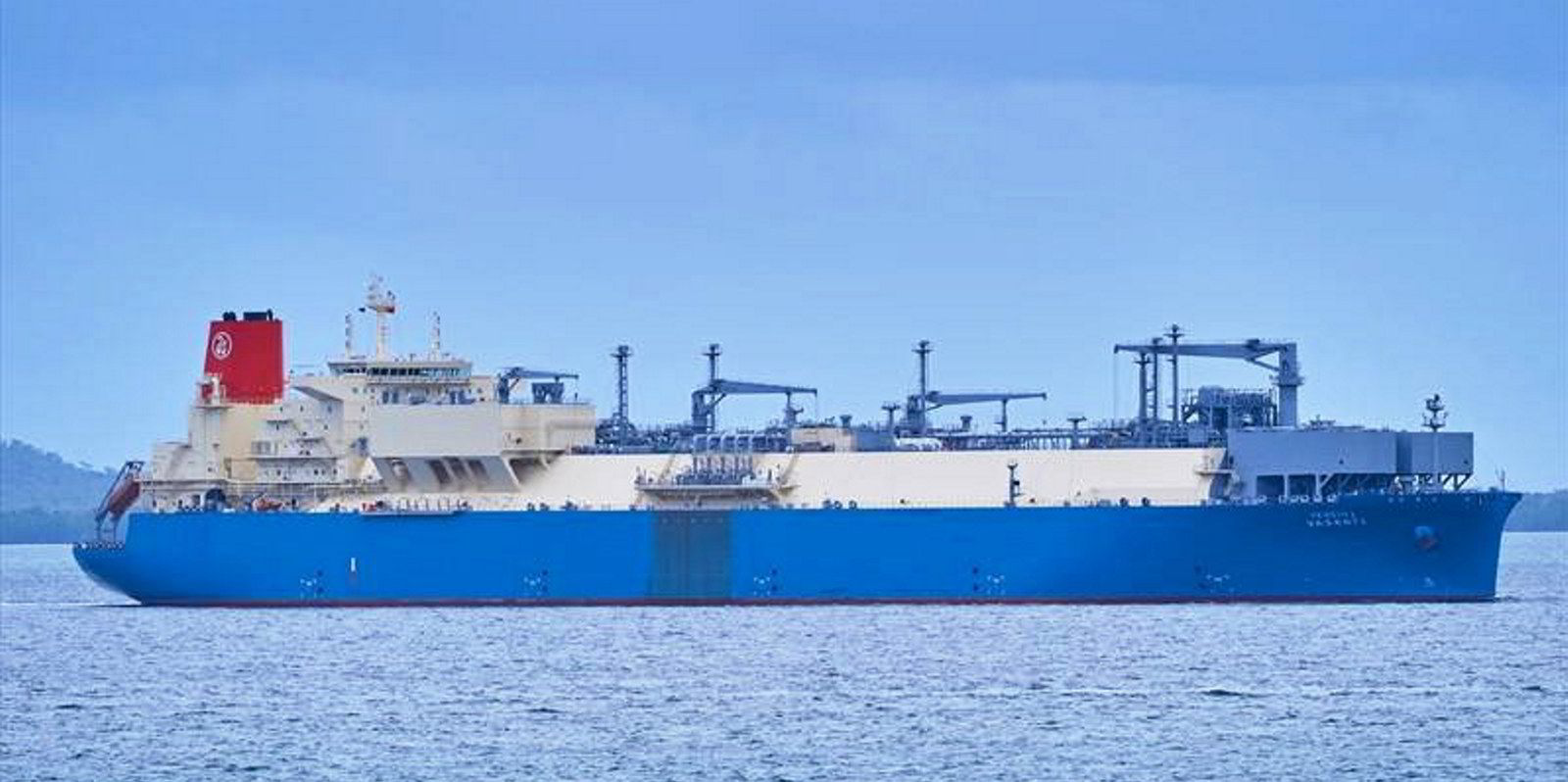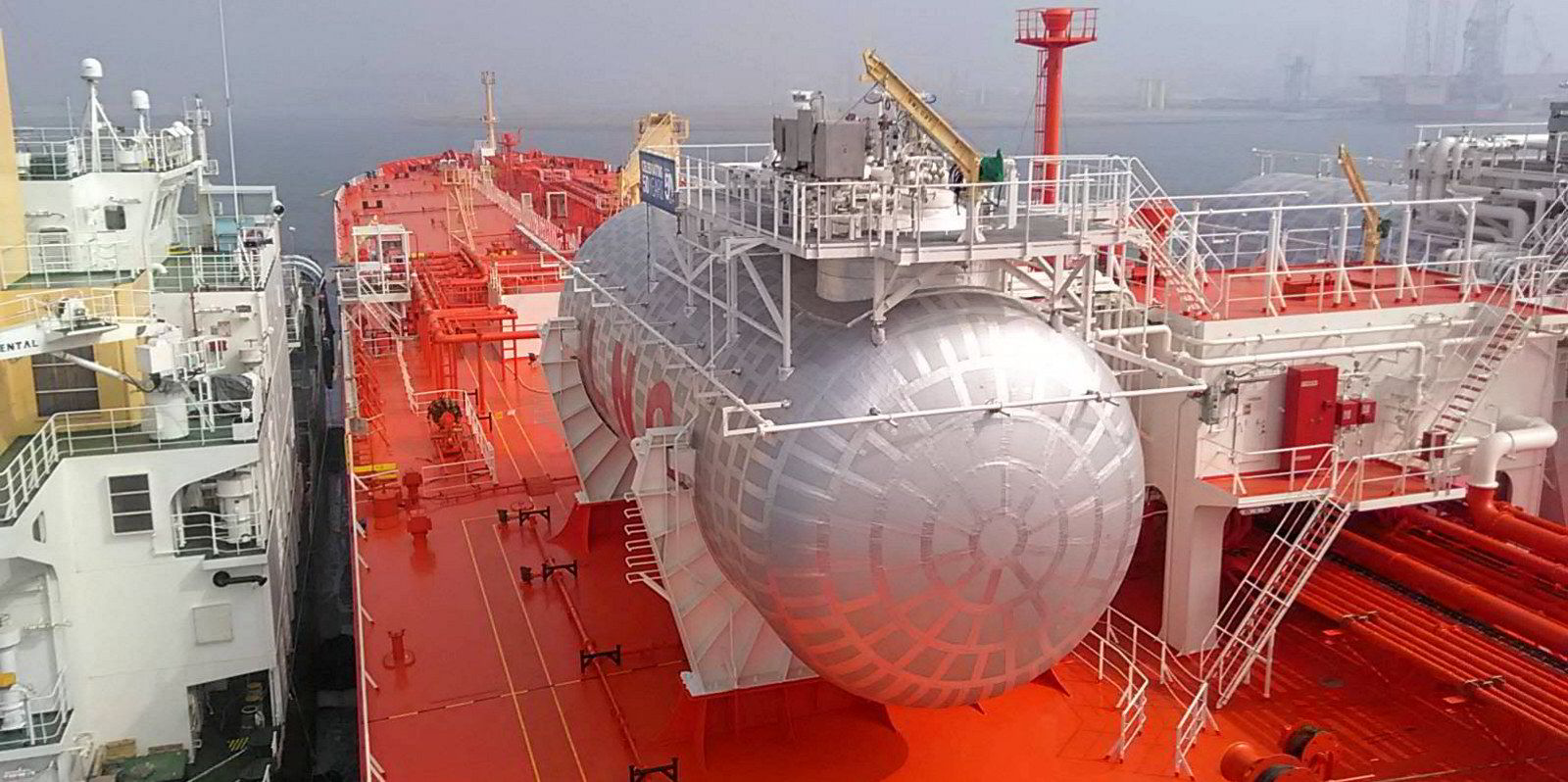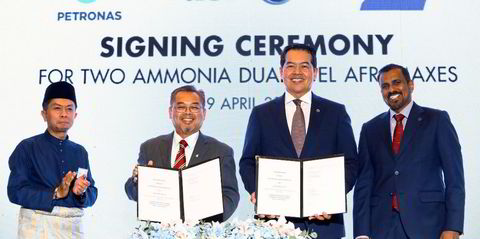LNG volumes shipped under spot and short-term contracts rose to 40% of the total trade in 2020, according to an industry group.
In its annual report for 2021, the International Group of LNG Importers (GIIGNL) said spot and short-term LNG increased by 23.5m tonnes last year to reach 142.5m tonnes — a 19.8% rise on 2019.
The group said this represented 40% of total trade compared with 34% in 2019.
GIIGNL said spot volumes — those delivered within three months of the transaction date — climbed to 125m tonnes or 35% of the year’s total, compared with 95m tonnes or 27% of 2019’s total.
Buyers' market
“The decrease of natural gas and LNG demand, which resulted from lower economic activity on a global scale, led to depressed spot LNG prices during most of 2020, incentivising spot and short-term purchases in many countries,” the group said.
The US led spot and short-term exports, accounting for 21.3% of these volumes.
GIIGNL’s report listed the LNG carrier fleet at 642 vessels as of the end of 2020, including 43 floating storage and regasification units and 58 ships under 50,000 cbm.
The group said the average spot charter rate for a 160,000-cbm vessel stood at $59,300 per day, down from $69,300 per day in 2019.
The orderbook stood at 24% of the fleet.
GIIGNL said LNG imports for 2020 reached 356.1m tonnes in 2020, up 0.4% on the previous year.
The group noted continued strong demand from the Asia-Pacific region, where China logged an 11.7% increase.
Europe imported 81.6m tonnes during the year.
Making history
The group described the raft of US LNG cargo cancellations seen in 2020 as a first in the industry’s history and said they “provided supply-side flexibility during summer months and contributed to market rebalancing”.
Just one new supply project of 3.25 million tonnes per annum was sanctioned during the year and Myanmar became a new importer of LNG in 2020.
GIIGNL president Jean Abiteboul described 2020 as a year of “market volatility” driven by the Covid-19 pandemic, weather events and logistics bottlenecks.
But he said the industry had shown “resilience and flexibility”, with the LNG trade growing despite a reduction in global energy consumption.
Stark reminder
Abiteboul said the market price spikes and record-high spot shipping charter rates were “a stark reminder that the industry should continue to invest in new capacity”.
He also made a plug for the commodity.
“New uses such as LNG-to-power and LNG as a marine fuel are gaining further traction driven by LNG’s advantages: it is a proven technology, readily available, which offers better environmental performance than other fossil fuels and is cost competitive,” he said.
“Our industry’s optimism also comes with great responsibilities.”
The GIIGNL president said methane emissions could increasingly influence future international trade discussions, in particular with the European Union.
He said the greenhouse gas emissions associated with the LNG supply chain could be closely monitored and mitigated.
Abiteboul highlighted alternative technologies such as the use of electric motors for the liquefaction process, carbon capture and sequestration, bio-LNG and production of hydrogen from natural gas, which, he said, can enhance the sustainability of the LNG supply chain.
